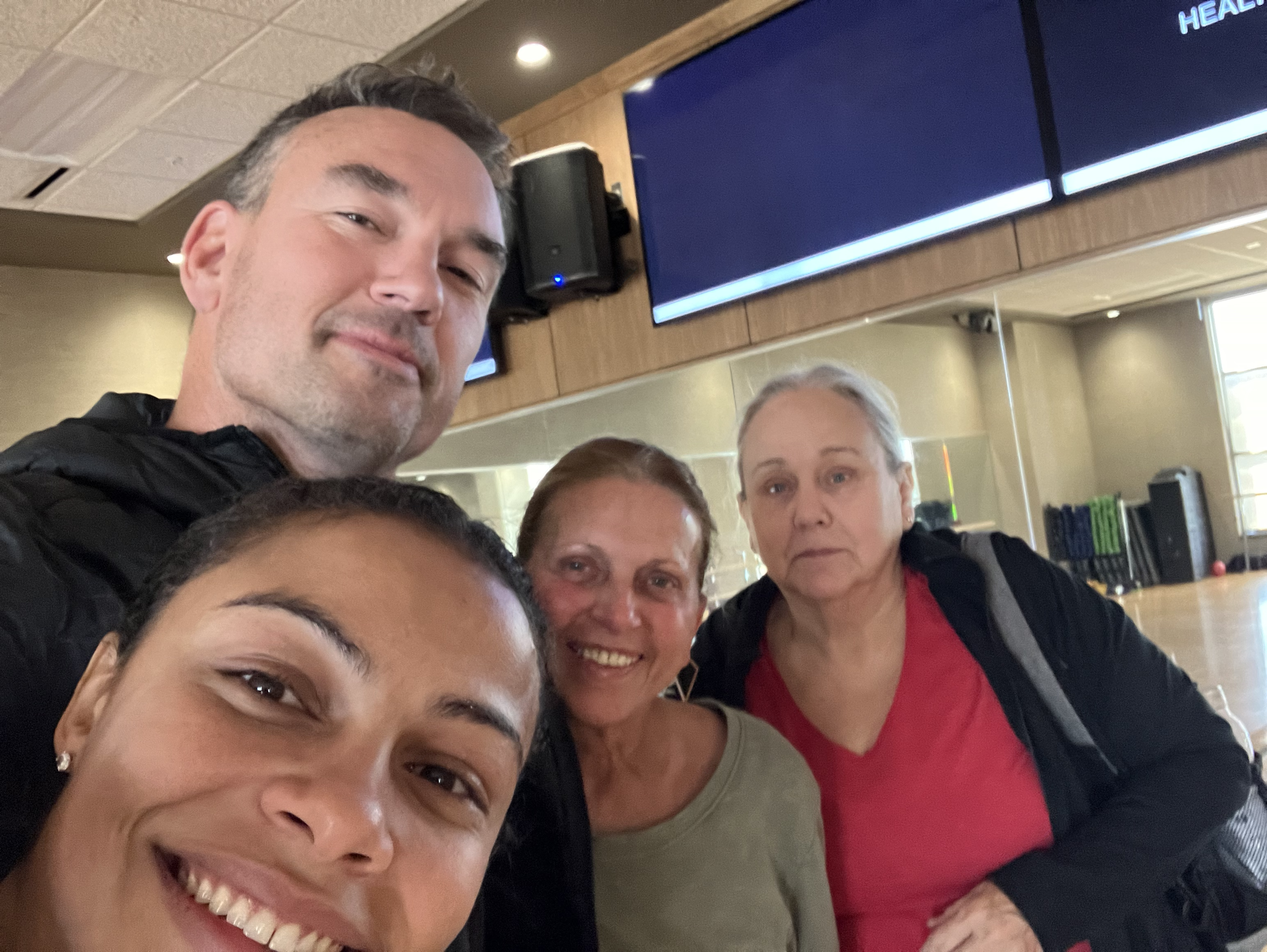The human body, often seen as a machine for physical tasks, is also a canvas for creativity.
Movement, nature, and play are vital elements in nurturing a creative body.
This article explores how these factors can stimulate imagination, enhance problem-solving skills, and foster a deeper connection to oneself and the world.
Movement as a Catalyst for Creativity.
Movement is more than just physical exercise; it is a form of expression. Dance, martial arts, and even simple walking can ignite the imagination and spark creative ideas. The fluidity of movement can inspire abstract thinking and the exploration of different perspectives.
Physical Expression: Dance, in particular, offers a powerful outlet for creative expression. The ability to move freely and gracefully can lead to a sense of empowerment and self-discovery.
Cognitive Benefits: Studies have shown that physical activity can improve cognitive function, including problem-solving and creativity. Regular exercise can enhance blood flow to the brain, which can stimulate neural connections.
Emotional Regulation: Movement can also help regulate emotions and reduce stress. When the body feels good, the mind is more open to creative exploration.
Nature as a Source of Inspiration.
Nature has long been a source of inspiration for artists, writers, and musicians. Spending time in natural environments can have a profound impact on creativity. The beauty, complexity, and interconnectedness of the natural world can stimulate the imagination and foster a sense of wonder.
Sensory Stimulation: Nature provides a rich sensory experience that can awaken the senses and spark creative ideas. The sounds of birdsong, the smell of flowers, and the feel of the wind on the skin can all inspire creativity.
Mindfulness and Connection: Spending time in nature can also promote mindfulness and a sense of connection to the world. When the mind is calm and focused, it is more receptive to creative inspiration.
Biophilia Hypothesis: The biophilia hypothesis suggests that humans have an innate connection to nature. This connection can be cultivated through spending time outdoors and engaging with natural elements.
Play as a Catalyst for Imagination.
Play is an essential part of human development. It allows us to explore, experiment, and imagine. When we play, we are free from the constraints of everyday life and can let our imaginations run wild.
Unstructured Play: Unstructured play, where children are free to create their own games and activities, is particularly beneficial for creativity. It allows them to explore their own ideas and develop problem-solving skills.
Imaginative Play: Pretend play, where children create imaginary worlds and characters, is another important aspect of creativity. It helps them to develop empathy, perspective-taking, and storytelling skills.
Risk-Taking: Play also involves taking risks and trying new things. This can help to foster a sense of adventure and a willingness to explore new ideas.
Conclusion:
Movement, nature, and play are essential for cultivating a creative body.
By incorporating these elements into our lives, we can stimulate our imaginations, enhance our problem-solving skills, and foster a deeper connection to ourselves and the world. Whether through dance, hiking, or simply playing in the park, these activities can help us to unlock our full creative potential.






